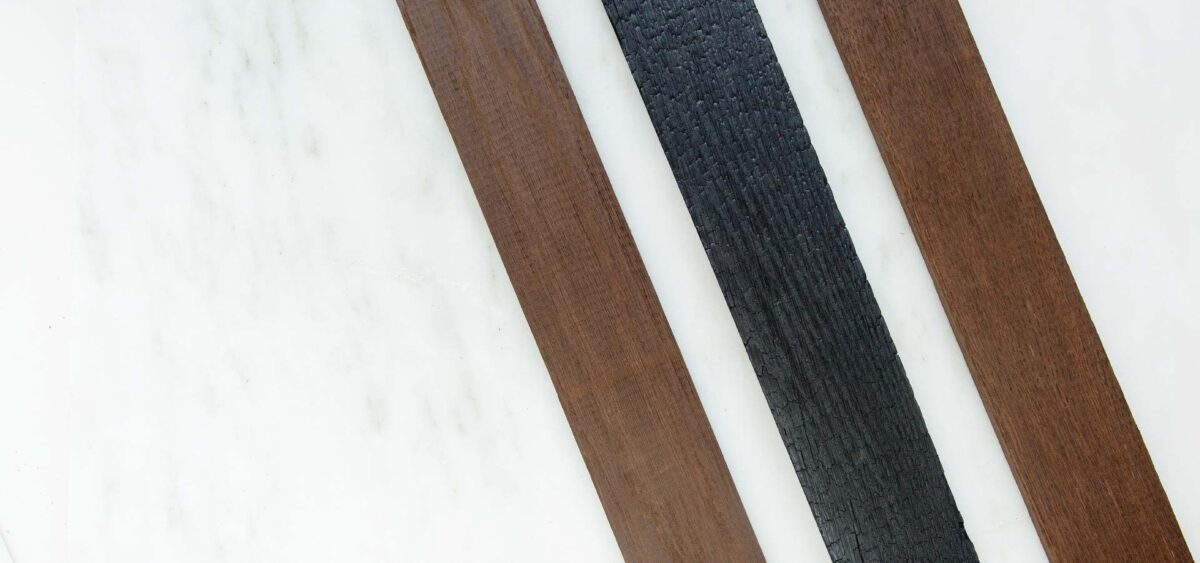Using Oak Alternatives in Spirits
Written by: Amy LaHueWhen used in conjunction with barrel aging, oak alternatives are a natural way to use 100% oak to access a new spectrum of flavors which can enhance and improve the complexity of a spirit.
Think about it this way – the longer oak is heated, the more time its components have to break-down and develop flavors.
Charred barrels are subject to a flame for a very limited amount of time – typically less than a minute depending on the char level. Barrels that are toasted prior to charring will be exposed to a flame for up to an hour, which unarguably adds additional flavor. Oak alternatives can be toasted in a convection oven for almost 24 hours.
This process enables specific flavor development through the breakdown of lignin and hemicellulose in the wood. Lignin ultimately breaks down into vanillin (vanilla flavor); hemicellulose, which is wood sugar, caramelizes. The ability to target these molecular transformations with precise technology enables flavor development that is impossible to duplicate in barrel form.
So how do you integrate oak alternatives into your process? The possibilities are endless and can be tailored to what you want to achieve with your spirit.
Example usage:
- Add oak to a white distillate to create ‘oaked moonshine’
- Utilize the services available by several tech companies who combine oak alternatives with proprietary accelerated aging techniques
- Add oak to a distillate prior to barreling for enhanced flavor at the beginning of the process
- Pair with used barrels to give additional flavor and color
- Oak can be added prior to barreling, through the bung during barrel aging, or in a tank after barrel aging
- Add oak alternatives to spirits purchased externally to create an identifiable flavor portfolio that can be transferred over from external to internal production
- Add oak alternatives to a finished product for enhanced depth of flavor
One of the challenges of utilizing oak alternatives is to make sure it is being done within the guidelines of the TTB. The best place to review these guidelines are in section 27 CFR 5.23, which identifies oak as a harmless coloring, flavoring, or blending material when used at less than 2.5 % by volume of the finished product. Section 27 CFR 5.39 explains the verbiage to use on the label when utilizing oak.
Many distillers taste through the products in the Oak Solutions Group portfolio and are amazed at the quality and variation of flavor they can achieve. Stating the use of oak alternatives on the label allows today's educated consumers to know and understand every detail of how the spirit they enjoy is crafted from beginning to end. The use of oak - in any format - is viewed as natural, innovative and intriguing.

About the Author
Amy LaHue joined the Oak Solutions Group team in 2011. She has a degree from the University of Missouri in Retail Management and has experienced the wine & spirits industry both domestically and in Spain, where she lived and worked from 1998 to 2002.
Amy enjoys entertaining, weekends at the Lake of the Ozarks with family and friends, and yoga.

